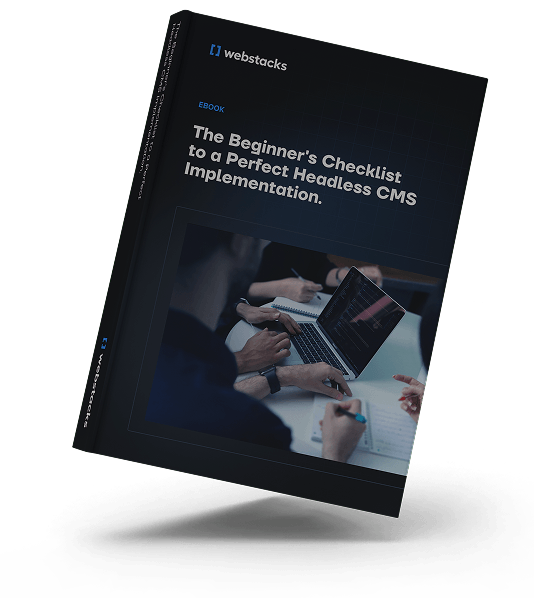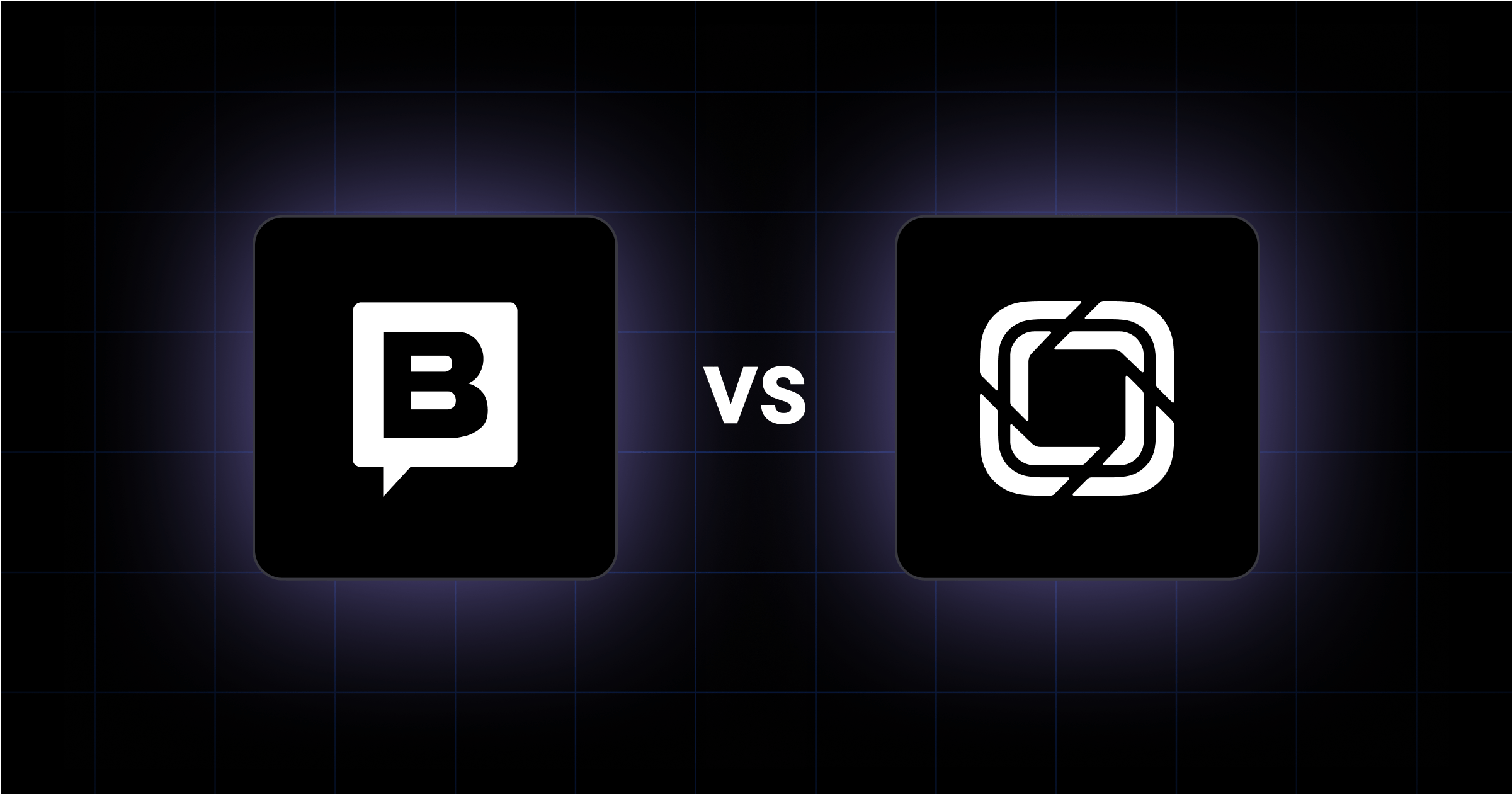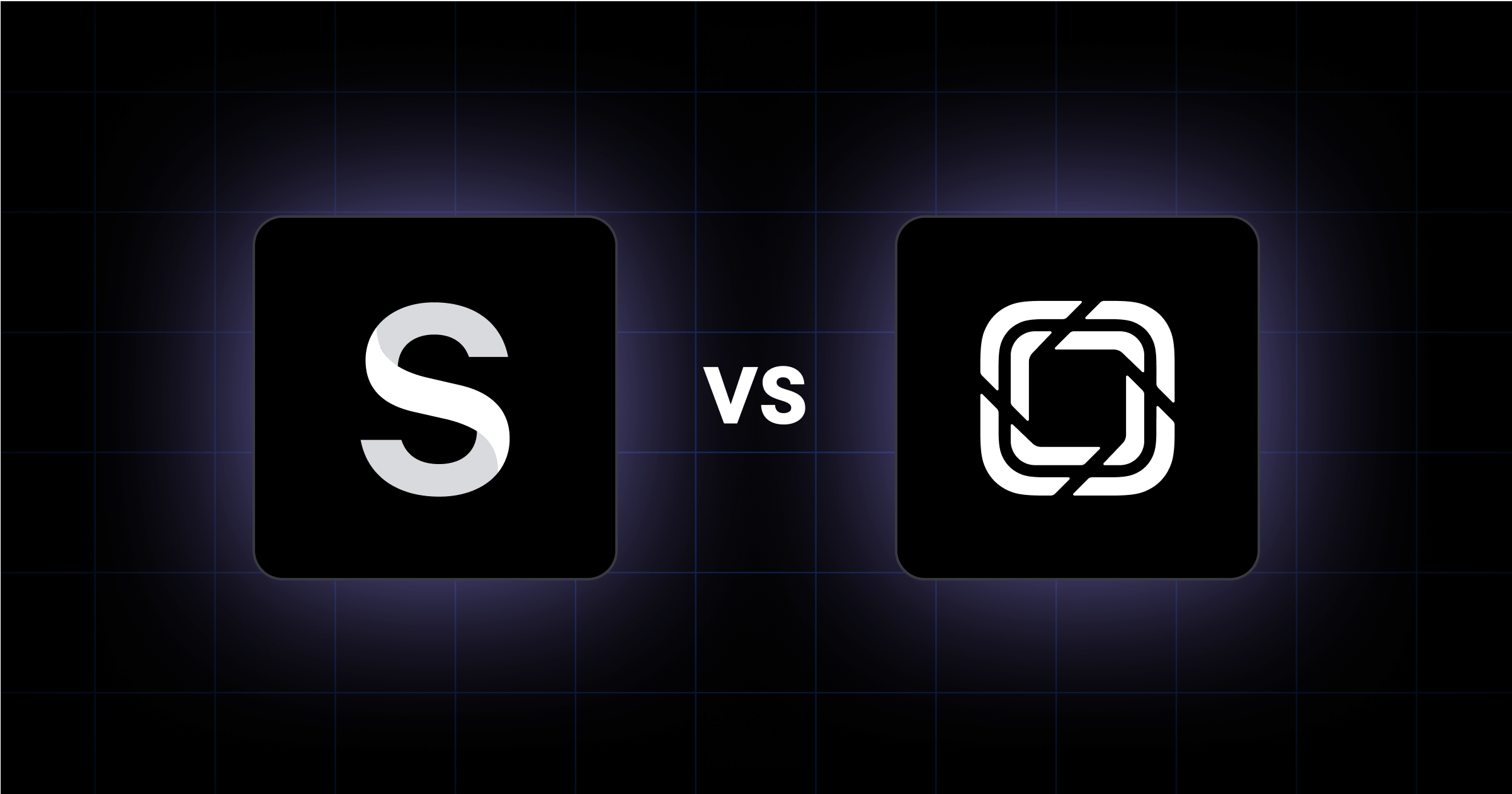Businesses that are deciding between Contentful vs Prismic look for a better way to manage content at scale.
Maybe your marketing team is moving fast and wants more control. Perhaps your developers are trying to clean up a tangled backend. Or maybe your business is expanding into new markets and needs content that can keep up.
Contentful is known for its structured content modeling, powerful localization tools, and ability to scale across teams and regions. Prismic is all about speed, simplicity, and a visual editing experience that makes marketers feel right at home.
At Webstacks, we’ve helped many B2B companies choose and implement the right CMS based on how their team works.
This guide breaks down the key differences between Contentful and Prismic so you can decide which platform fits your team, your stack, and your growth goals.
Contentful is Best for Complex Content and Global Scale
Contentful is built for teams that need to manage content at scale. It works well for companies operating across multiple regions, with large teams and complex content requirements.
You can create structured content models, define workflows, and manage localization all within one system. It’s a strong choice for organizations that want control and consistency across platforms.
Contentful is a great fit for:
- B2B companies with multi-language or multi-brand content
- Teams that rely on structured content across websites, apps, or portals
- Marketing and content ops teams that need clear workflows and roles
Key advantages include :
- Structured content types to maintain consistency
- Built-in localization supports regional content variations
- GraphQL and REST APIs give developers flexibility
- Multiple environments allow safe testing and collaboration
While Contentful isn’t the easiest CMS to learn, it’s one of the most powerful for teams that need long-term scalability.
Prismic is Best for Simplicity, Speed, and Visual Editing
Prismic is designed for teams that want to move fast. It’s simple to set up, easy for marketers to use, and flexible enough for developers to create custom components.
Instead of rigid content models, Prismic uses a “slice-based” approach. Developers build modular slices, and marketers can mix and match them in a visual editor. This makes it easy to launch new pages.
Prismic is a good fit for:
- Lean marketing teams that want to launch pages without relying on developers
- Startups or mid-size B2B companies focused on speed over complexity
- Product or design teams building modular websites or campaign systems
Pros include:
- Slice-based content model is flexible and easy to scale
- Visual editor is intuitive and marketer-friendly
- Fast setup for teams who want to launch quickly
- Clear UI and onboarding reduce training time
Prismic doesn’t offer as much structure or website governance as Contentful, but for many teams, that’s the appeal.

What are the Key Differences Between Contentful and Prismic?
Here’s how Contentful and Prismic compare across the areas B2B teams care about most:
Content Modeling
Prismic takes a more flexible, component-driven approach. Developers create reusable “slices,” and marketers mix and match them to build pages. This works well for fast-moving teams that don’t need deep data relationships.
Contentful, by contrast, emphasizes structure. You define content types with specific fields, references, and validation rules. This supports consistency across large content ecosystems and reuse across channels and locales.
Ease of Use for Marketers
Contentful gives editors a clean interface, but everything is form-based. It works well once teams are trained, but the UX isn’t always intuitive, especially for marketers used to visual tools.
Prismic is more approachable for non-technical users.
Its visual editor shows how pages will look in real time, and the slice-based UI makes it easy to build without breaking things. It’s a better out-of-the-box experience for small or lean marketing teams.
Developer Experience
Contentful offers a rich developer experience with powerful APIs, GraphQL support, and clear documentation. It integrates well with modern frameworks and gives engineers full control over data structures.
Prismic is easier to get up and running.
The learning curve is short, and the slice model reduces setup time. While it’s not as customizable under the hood, it’s ideal for teams who want to move fast.
Integrations and Ecosystem
Contentful wins here. Its marketplace includes integrations for localization, personalization, analytics, and more. It also has better support for enterprise workflows and complex toolchains.
Prismic integrates with frameworks like Next.js and Nuxt, but the ecosystem is leaner. It supports the essentials, but teams often need to build custom solutions for more advanced use cases.
Performance and Scalability
If you’re managing hundreds of pages, multiple locales, and nested content relationships, Contentful is built for that. It handles scale with structured models, granular permissions, and multiple environments for staging and QA.
Prismic performs well for smaller teams or projects, particularly when the content structure is flat. It may become harder to manage as your data model becomes more complex.
Support and Documentation
Prismic is known for fast, personal support and easy onboarding. Their docs are beginner-friendly, and most small teams can be up and running quickly.
Contentful offers enterprise-level support, extensive documentation, and a large community of partners and developers. If you need structured onboarding, team training, or SLAs, it’s the stronger option.
Questions to Ask Before You Choose
Choosing between Contentful and Prismic comes down to how your team builds, publishes, and scales content. Here are a few questions we ask every client before they commit to a headless CMS:
- Who’s going to manage your content model?
If you have developers available to define schemas, either platform works. If you need a low-lift setup or want to avoid building a complex structure from scratch, Prismic will get you moving faster.
- How technical is your content team?
Marketers who are used to visual editors may prefer Prismic’s slice-based UI. If your team is comfortable working within a structured CMS or has experience with form-based interfaces, Contentful is a good fit.
- Will you need to scale across languages, brands, or markets?
Contentful has built-in localization tools, roles, and workflows that support scale. Prismic can handle simple multilingual needs but may require more manual configuration for complex regional setups.
- What does your broader tech stack look like?
Contentful fits well into enterprise environments with multiple integrations and custom tooling. Prismic is a better match for leaner stacks and frontends built on frameworks like Next.js or Nuxt.
- How much are you planning to grow and how fast?
If your content needs are evolving rapidly, and you expect to scale your publishing volume, team size, or technical complexity, Contentful offers more control. If you’re launching quickly and iterating fast, Prismic may be the right start.
Worried about how a CMS migration might impact your site availability? Discover how Webstacks helped iTrustCapital migrate to Contentful in less than a week.
Still Exploring CMS Options?
Not 100% sure Contentful or Prismic is the right fit? You’ve got more options and the best CMS for your team might be one you haven’t tested yet.
Here are a few others we recommend exploring based on what you’re solving for:
- Sanity: Great for dev-heavy teams who want full control over schema, content workflows, and a custom editing interface.
- Storyblok: Combines visual editing with structured content, ideal for global marketing teams that want flexibility and governance.
- Builder.io: A powerful visual editor layered on top of your existing frontend, perfect for teams going composable.
- Webflow: Best for smaller teams that want an all-in-one platform for design, content, and publishing.
If you’re moving off a traditional CMS, make sure to download our headless CMS implementation guide. It’s the same resource we use with clients when helping them move off legacy systems and toward scalable CMS setups.

Our additional CMS comparison guides can also help you evaluate your options:
Choose the CMS That Matches How Your Team Works
Contentful and Prismic are both excellent headless CMS options, but they serve different needs.
- Choose Contentful if you need structure, scalability, and control across a growing content operation. It’s built for large teams, complex workflows, and multi-region publishing.
- Choose Prismic if you want to move quickly, empower marketers with visual tools, and keep development light and lean.
At Webstacks, we help B2B companies pick the right CMS. Whether you're launching fast or building for scale, we can help you get the foundation right.




